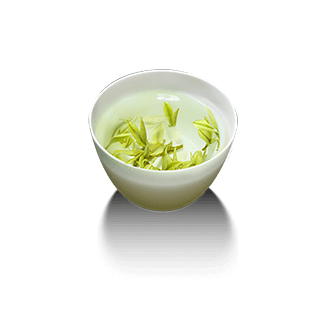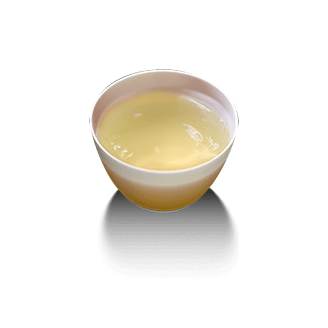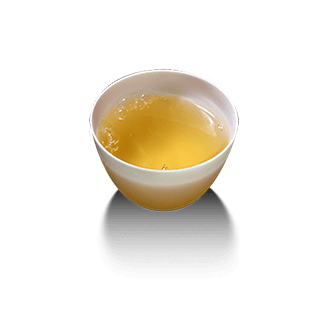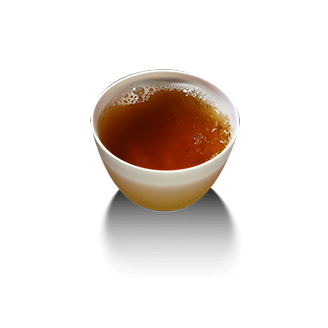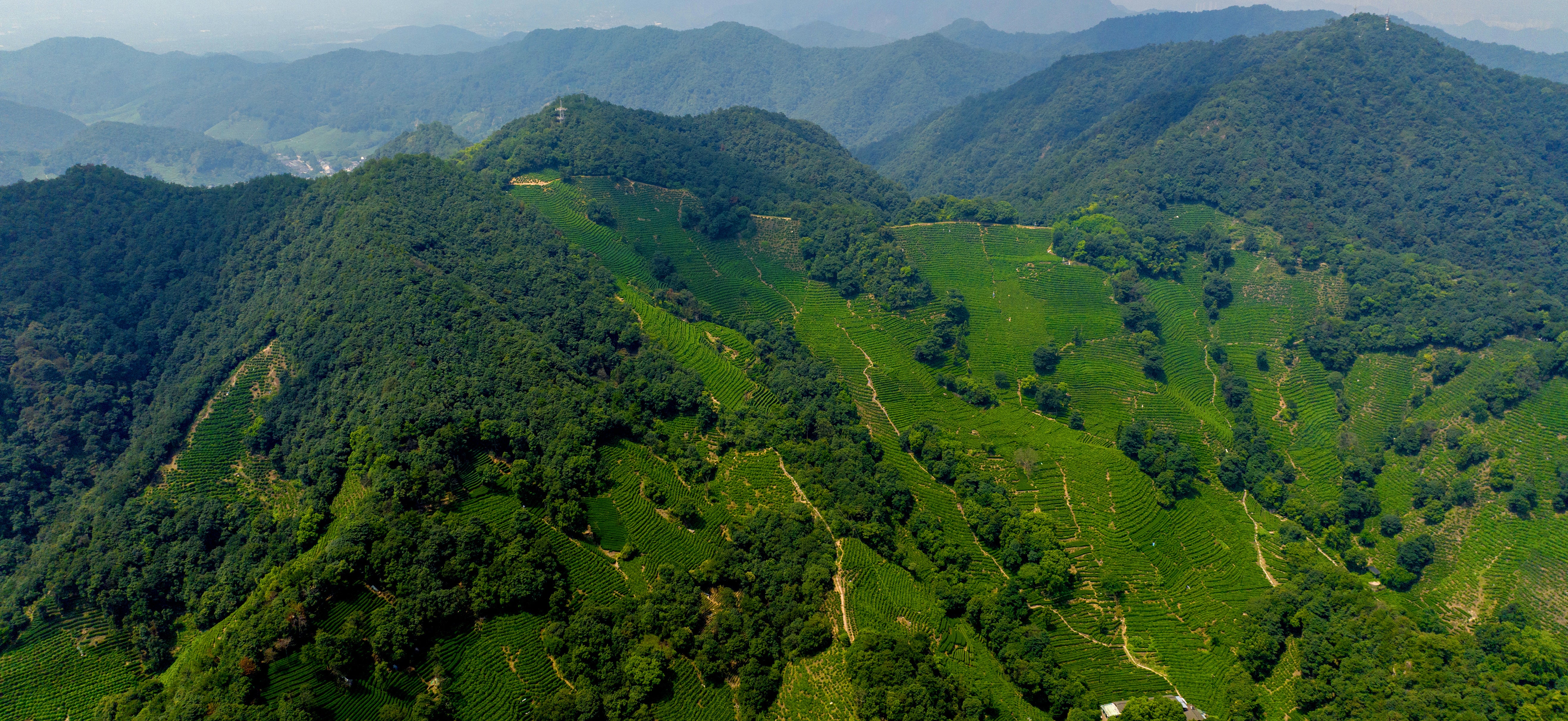
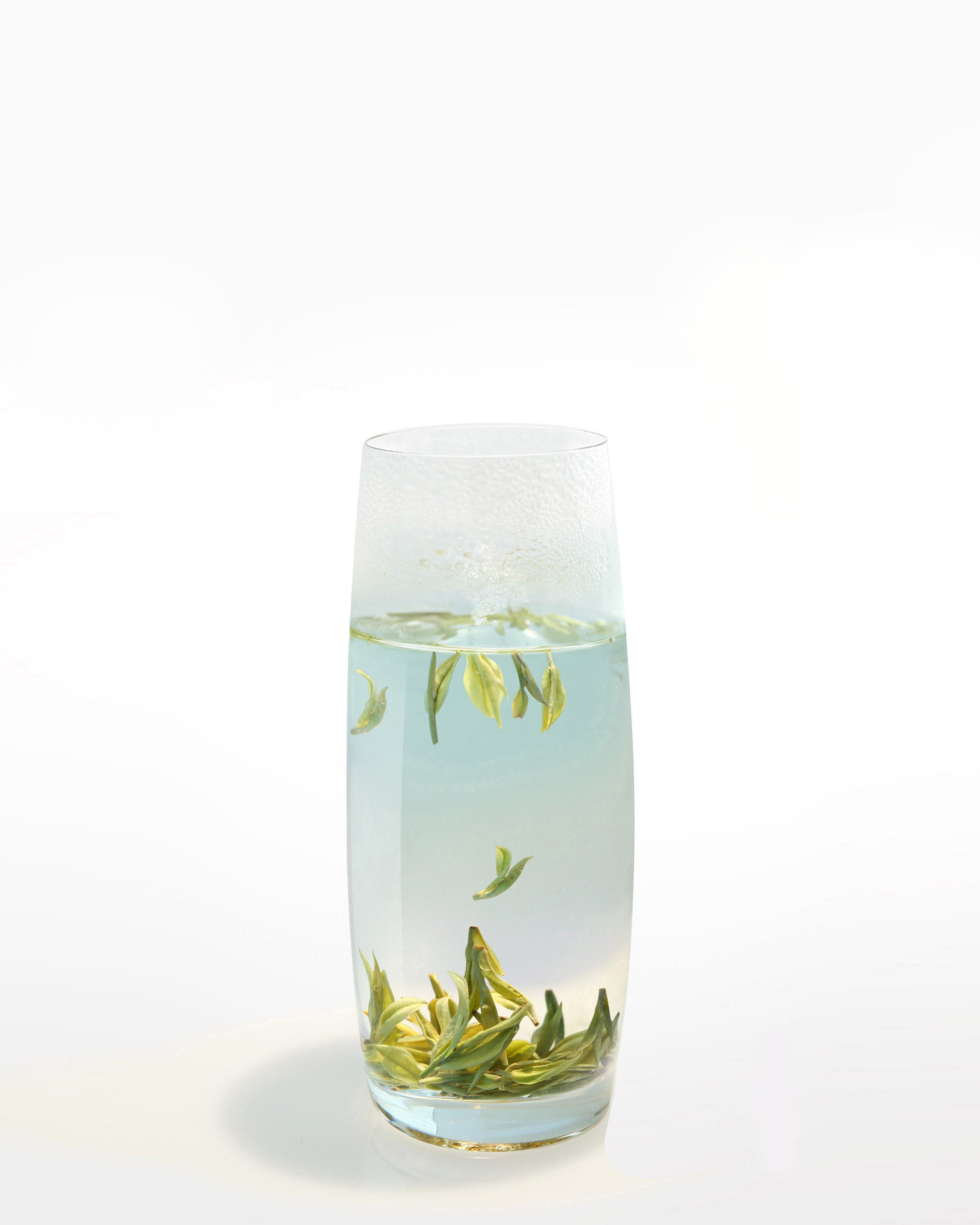

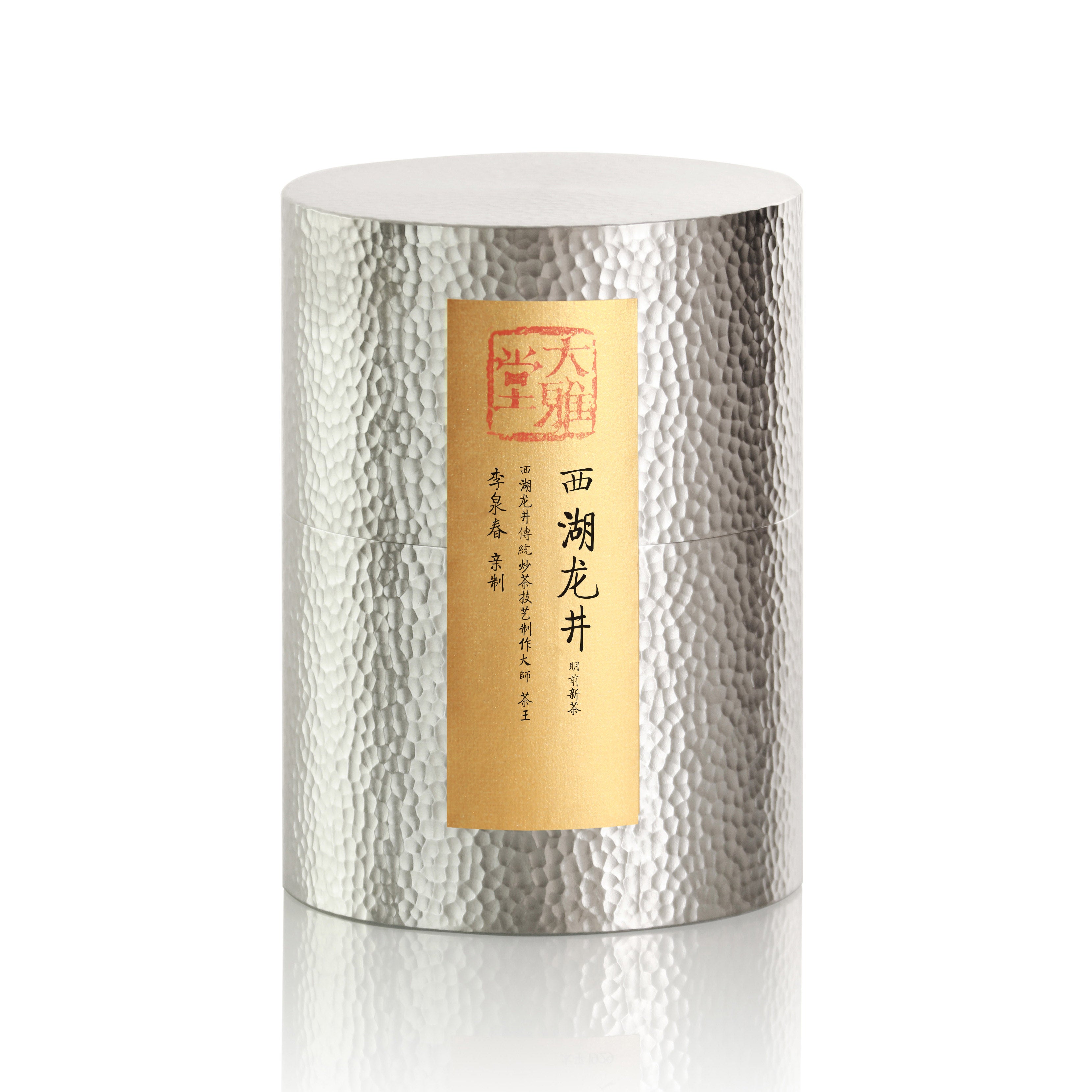
West Lake Longjing





West Lake Longjing

In Memory of
Li Quanchun – Tea King and master of the West Lake Longjing tea-frying Craft.
Ge Weidong – ICH Inheritor of West Lake Longjing Tea
Refined Grace dwells in the heart,Untold Hardships lie in the eyes
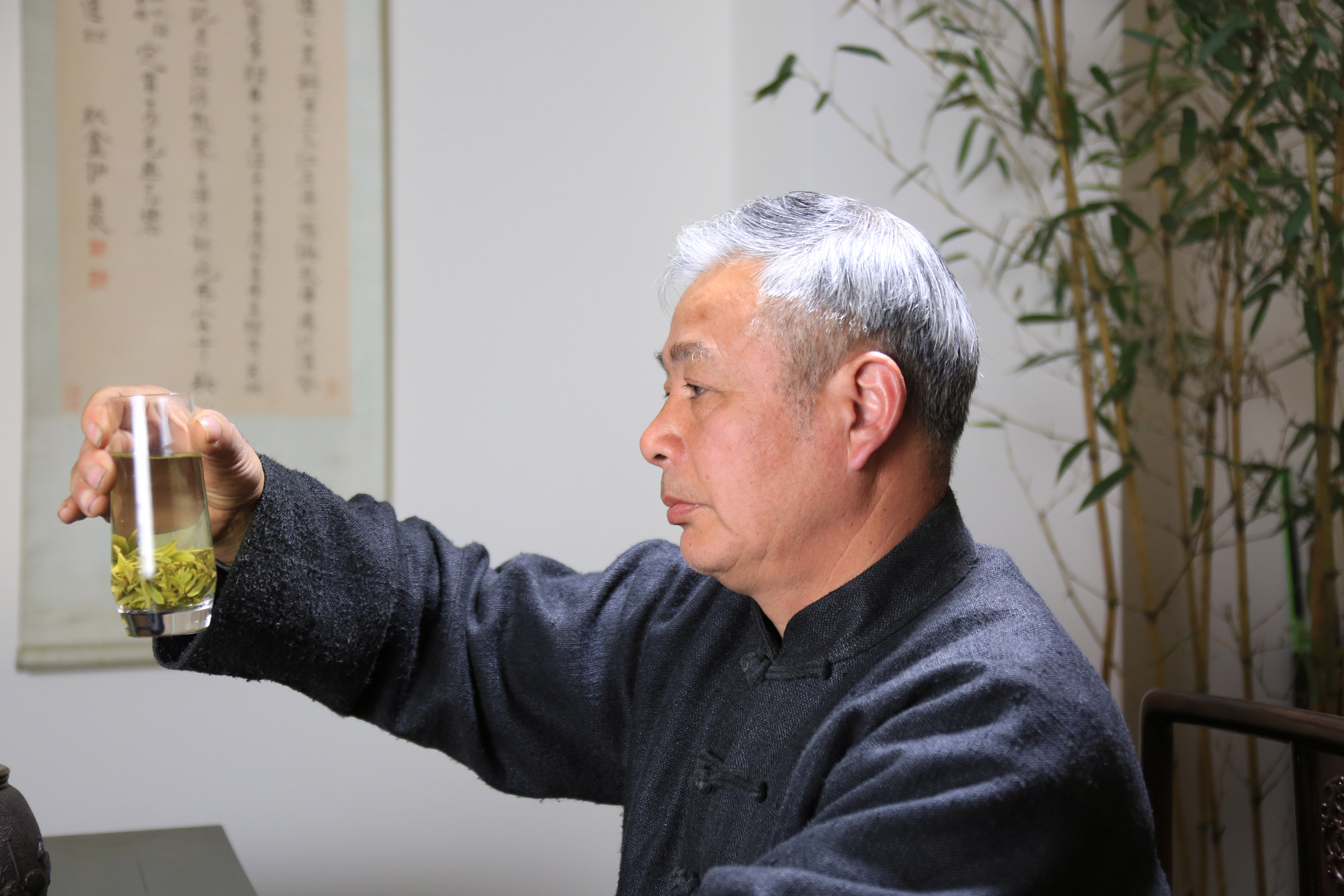
Fresh tea aroma wafts through the courtyard of Li Quanchun – three-time veteran Tea King and master of the West Lake Longjing tea-frying Craft.
Spotting our arrival, he immediately stepped out to greet us with his son-in-law, warmly leading us indoors. We understood the moment we crossed the threshold: his home was essentially a tea-making workshop. Several iron woks for tea roasting stood in the house and courtyard, their dark, shiny surfaces glowing with a warm luster.
As soon as we settled down, Li Quanchun went to the wok, reaching in to check the preheating temperature. At just the right moment, he poured the withered tea leaves into the iron wok. Chatting with us while stirring the leaves with both hands, his movements flowed with rhythm. Lift, tap, press, flick, grab, push, press down, grind – it was a dance between the tea leaves, his palms, and the heat control.
“My technique follows the Mei Family Village style,” Li said. “Stir-frying West Lake Longjing tea is all about harmonizing heat control with technique — too intense heat gives the tea a overripe taste, losing its freshness; too gentle heat fails to unlock the tea’s aroma, leaving it soul-less.”
The West Lake Longjing tea carefully stir-fried by Li Quanchun was ready. The leaves took on a bowl nail shape, with a rough beige hue tinged with dry pea green. Steeping a cup, it exuded a pea fragrance, mingled with a faint orchid scent, and offered a lingering, natural aftertaste.
Indeed, Li’s heat control is my personal favorite. As the saying goes, “Fine tea is like a beautiful lady” — too gentle, it’s astringent; too intense, it tastes burnt. What’s more, Li prefers the No. 43 cultivar, whose color and shape are highly visually appealing. He truly perfects every aspect of Longjing tea: “savor its aroma, admire its color, and taste its flavor!”
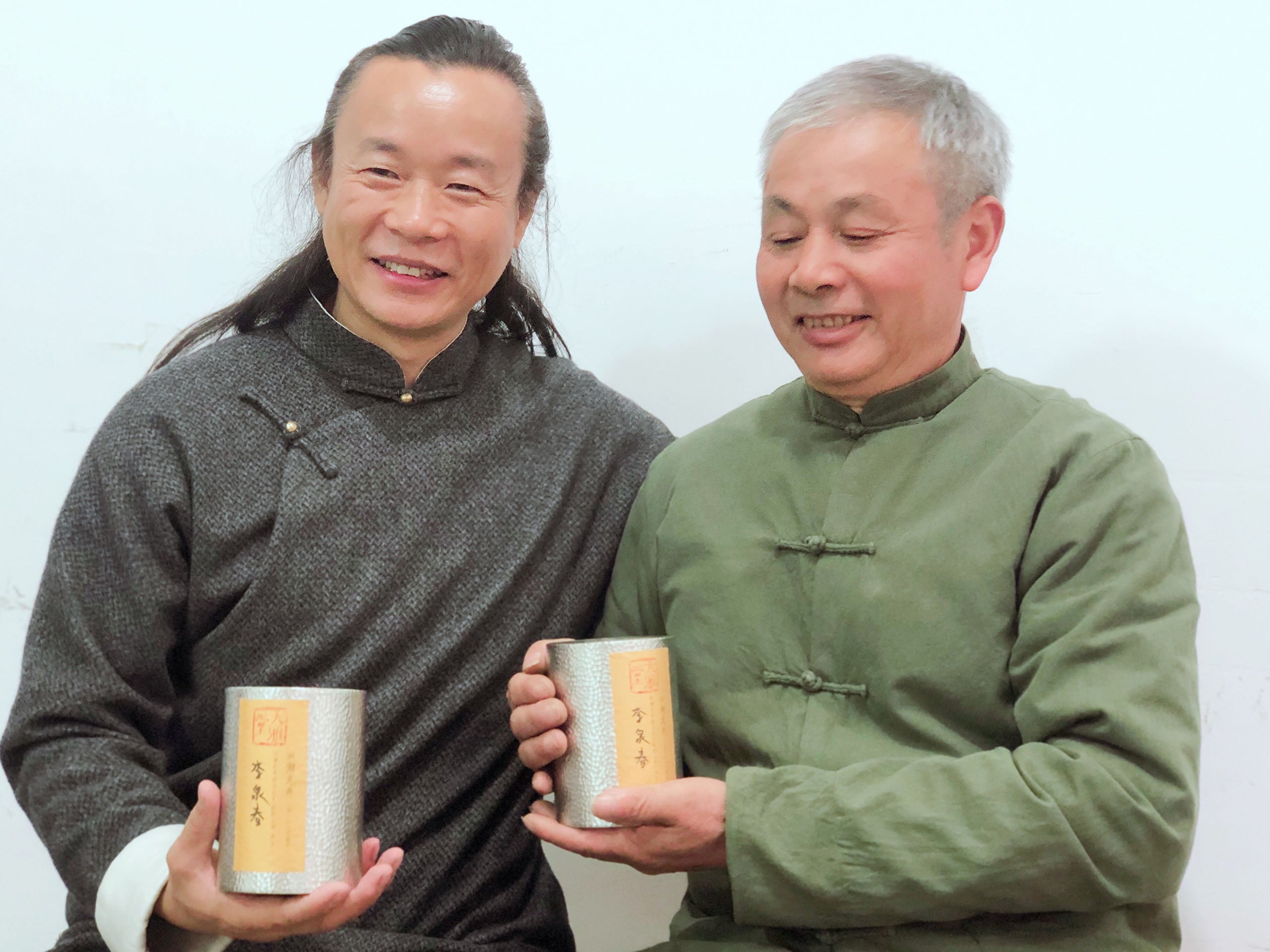
Mr. Li Quanchun said, “Handmade tea carries warmth — the delicate texture and unique charm of handcraft can never be replaced by machines. But even though the whole family works flat out before Qingming Festival, we can only produce a few dozen jin of handmade tea.”
When buying tea, I was interested in the cloth bag in his hand. He told me that putting the tea in this cloth bag and then placing it in a vat, with lime added outside the vat to absorb moisture, and storing it in a dark cave can keep the Longjing tea’s taste almost unchanged until the next year.
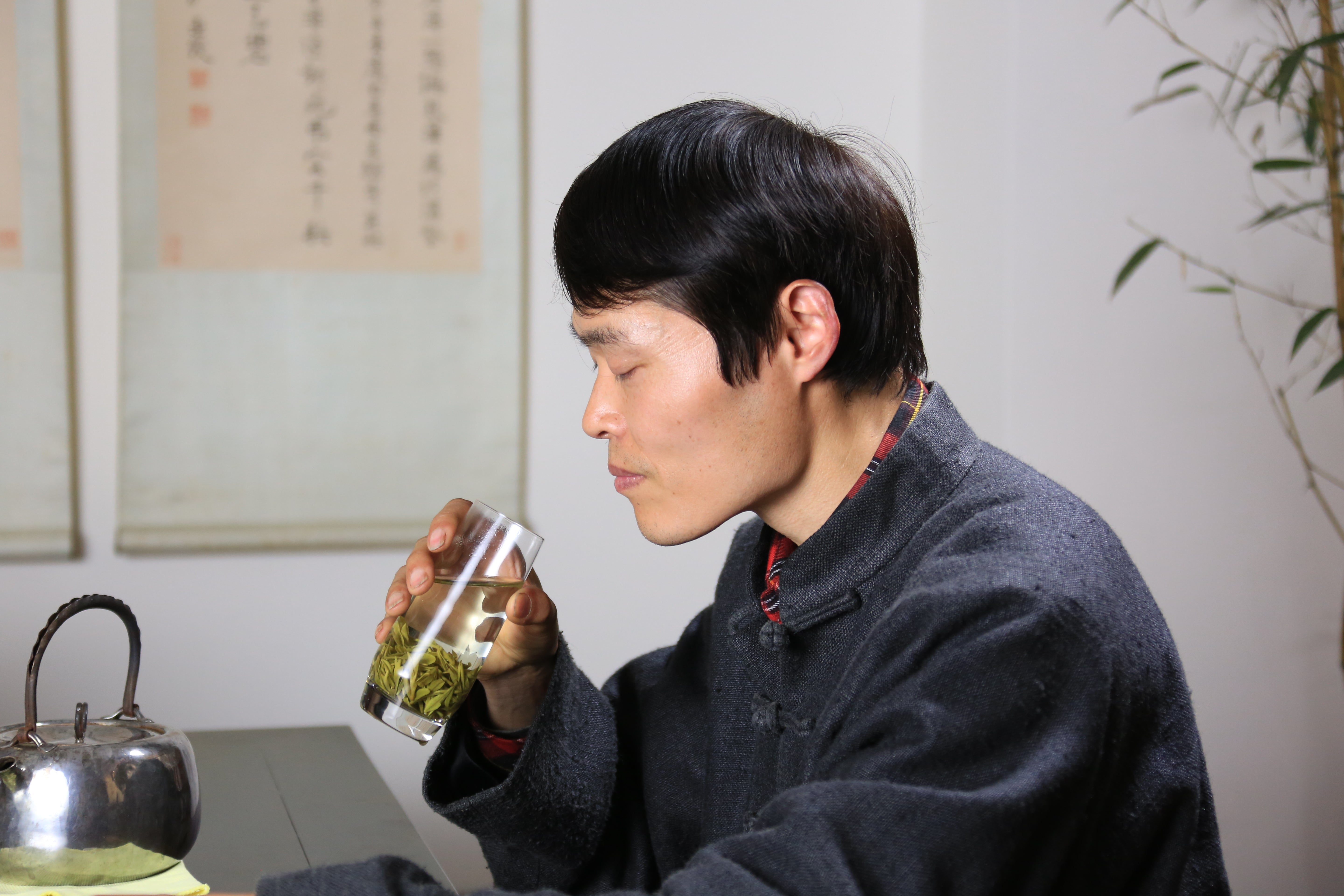
The tea garden of Ge Weidong, an Intangible Cultural Heritage Inheritor of West Lake Longjing Tea, lies on the mountain behind his home. This area boasts a unique natural environment, surrounded by rolling mountains, dense forests, and adjacent to lakes and rivers.
Ge Weidong is a somewhat shy person who doesn’t talk much. His home is adorned with numerous honors and certificates from tea roasting competitions.
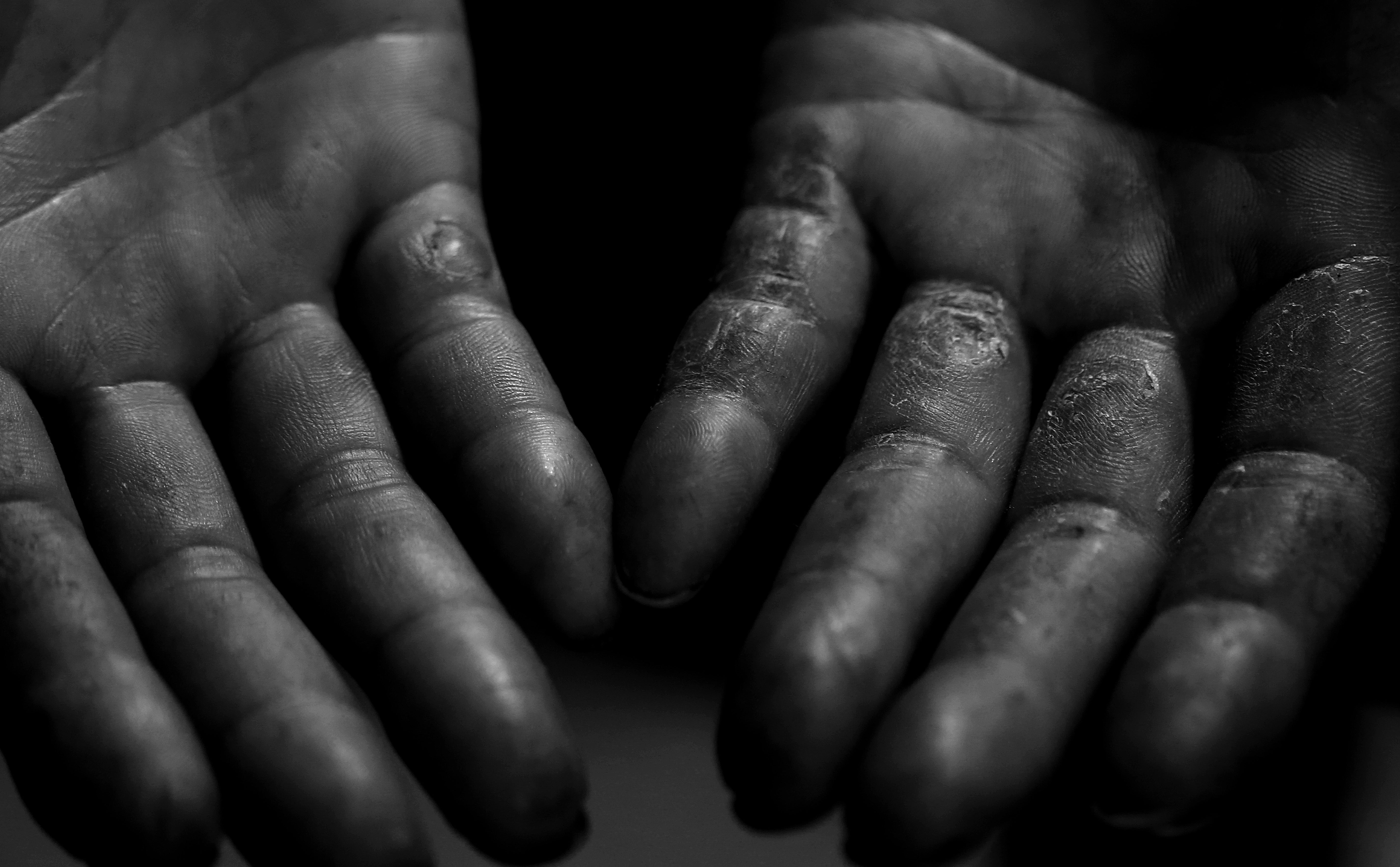
Tea-frying emphasizes the withering time — once the time is up, fixing must be done immediately. That’s why Ge Weidong couldn’t stop to taste tea with us. As he roasted, I noticed his hands were severely chapped and rough. When I asked about it, he said, “In the first week of roasting, blisters form on my hands. I have to thread a needle through each blister and leave the thread in; later, when I pull the thread out, the blisters won’t linger.” It was the first time I truly marveled at the hardships of tea-making.
When talking about West Lake Longjing production, Ge Weidong’s eyes lit up. He said, “Picking Longjing tea is extremely meticulous — it must be early, tender, and frequent. ‘Golden buds are pan-fried, never picked after Guyu Festival.’ Buds picked before Qingming are the premium raw material for top-grade Longjing; after Guyu, the tea’s price drops drastically.” There are ten core techniques for roasting, which seem simple on the surface but each movement embodies years of accumulated experience. Truly, “Slow roasting and careful baking follow a proper order; the toil involved is far from trivial.”
Ge Weidong’s tea garden sits on the mountain behind his home. Blessed with a unique natural setting, it is surrounded by rolling mountains, dense forests, and waterside scenery — truly, “One land nurtures one kind of tea.”
As dusk fell, Ge was still busy; he would likely be roasting tea well into the night.
Mr. Ge’s tea boasts an elegant shape, bright green hue, rich fragrance, and mellow taste. Yet at that moment, what I felt was not the refinement of “Hupao spring water in a bamboo stove, Longjing tea buds in a porcelain pot,” but the hardships behind tea-making.
Appreciation
VintageFirst Flush in 2025
Grade: Premium Grade, One Flag with Two Shoots
Producer: Li Quanchun, Tea King and master of the West Lake Longjing tea-frying Craft.
Origin: Li Quanchun's tea garden in the core production area of West Lake Longjing No. 43
Process: Traditional craftsmanship: The shape enhances the aroma, and the heat is controlled by techniques such as shaking and spreading, resulting in a flat and fresh tea.
Dry leaves appearance: Bright, Flat, Smooth and Straight
Color Observation: Tea liquor and tea leaves
Taste Aroma: Noble, enduring, natural
- Dry Tea Aroma : Before brewing, the dry tea has a faint " orchid fragrance and bean fragrance " - the orchid fragrance is elegant and far-reaching, and the roasted bean fragrance is mild and not dry.
Fresh, sweet, and with a distinct aftertaste
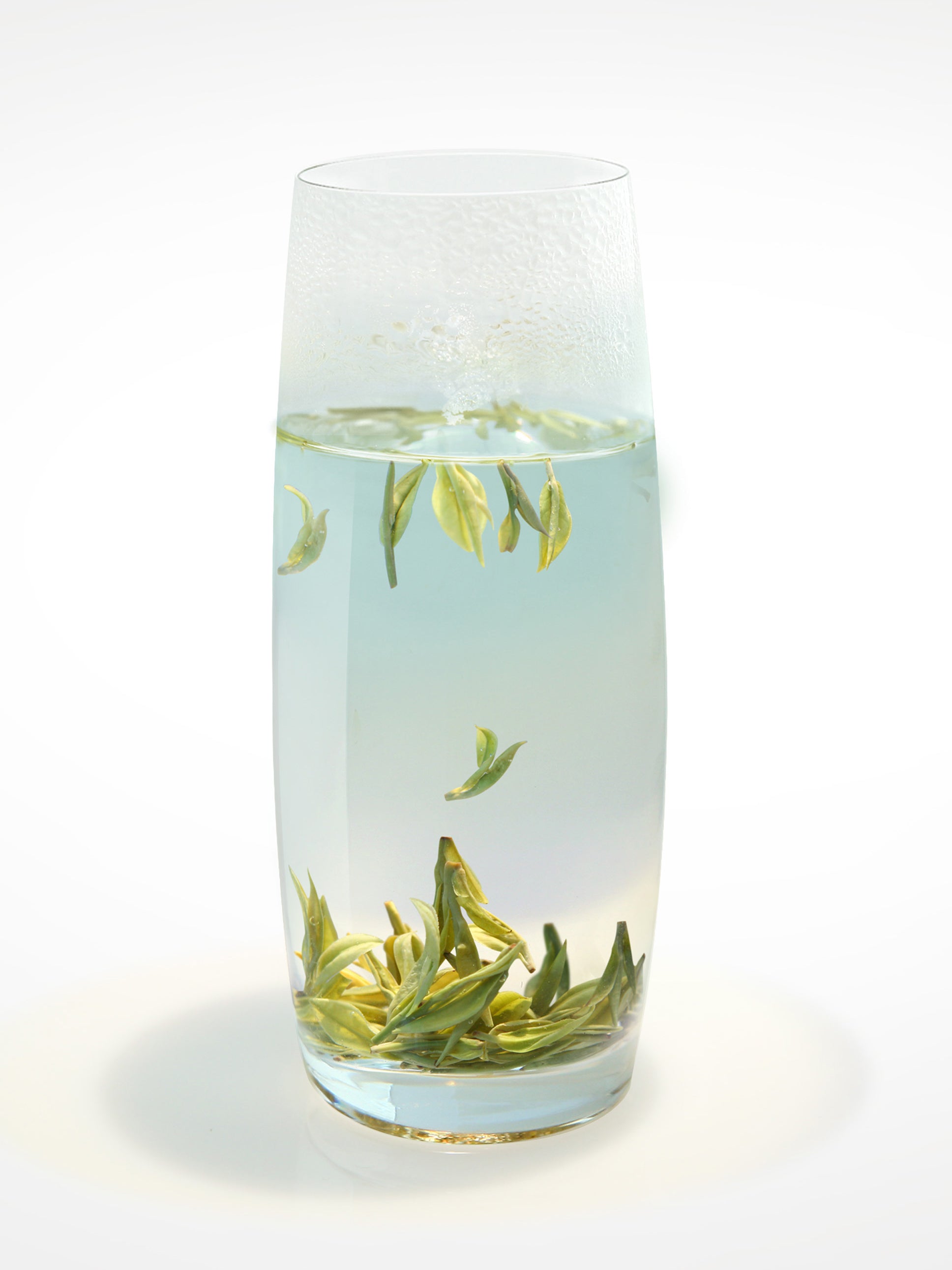
Liquor Hue:Yellowish-Green,Translucent and Luminous
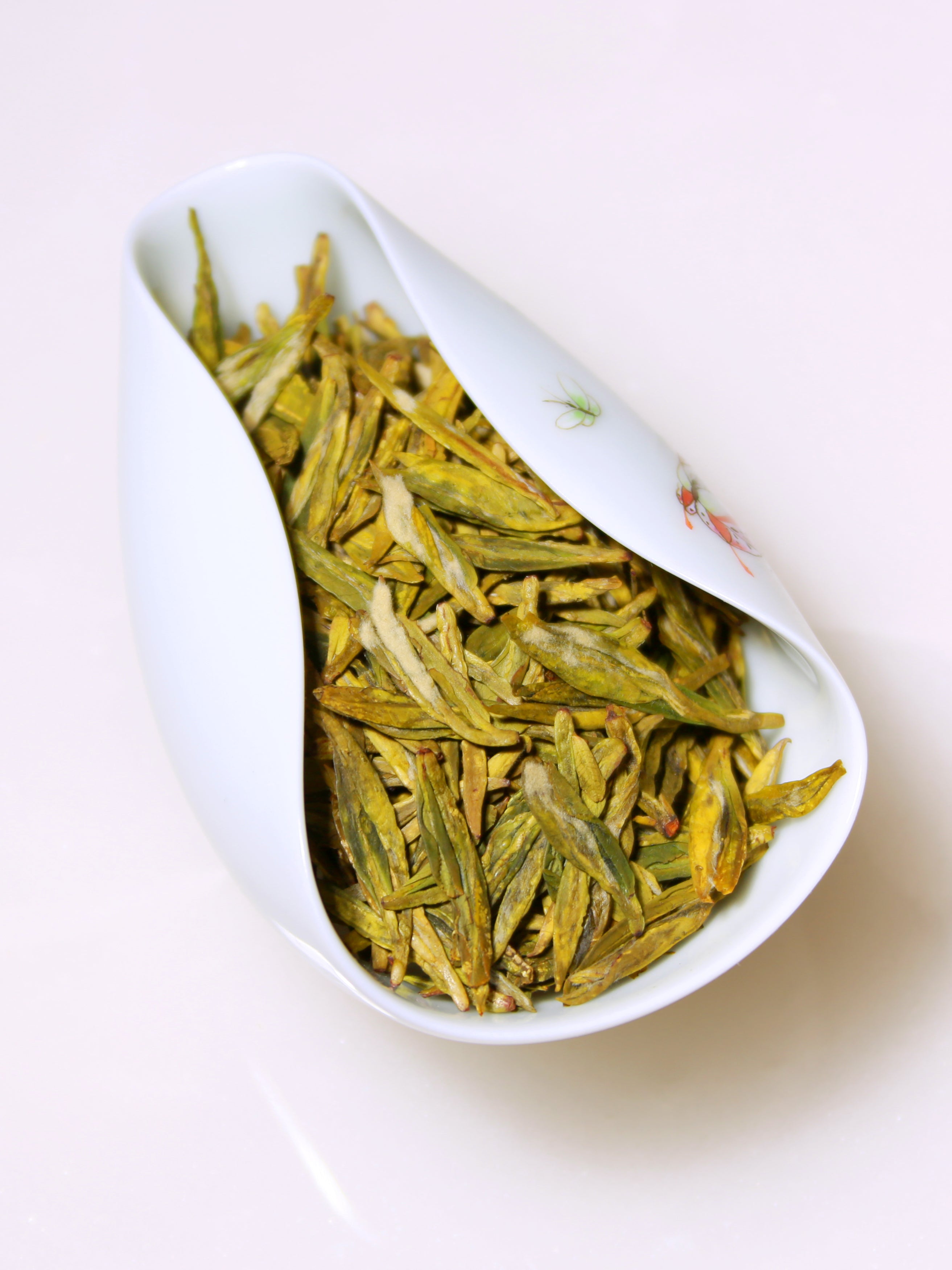
Dry Leaf Form: Lustrous, Flat, Even & Straight, Downy
从来佳茗似佳人
A fine tea's always like a fair lady

从来佳茗似佳人
A fine tea's always like a fair lady
Three Realms of Brewing in a Glass
Color Observation
Slowly pour 3-4g of top-grade Longjing tea into a warmed glass,
strength based on preference.
Pour 85℃ warm water along the glass cup wall with a steady, high swirl at a fixed point.
Watch the buds and leaves unfurl and float in the glass.
tea liquor color fades from light green to clear,wet leaves stay fresh and vivid like new spring shoots.
Aroma Appreciation
Take a gentle sniff of the rim while it's still hot — the fresh, delicate fuzz fragrance lingers in mist. Its unique fragrance of orchid beans is deeply refreshing.
(Alternatively, first pour 10ml of boiling water along the glass cup wall and gently rotate the cup.
Take a gentle sniff of the cup while it's still hot, and the unique aroma of broad beans will soothe your soul.
Then, directly inject 80-degree water for a high-pressure flush.)
Taste Appreciation
Savor it when the temperature is palatable,
"Fine tea has always been like a graceful lady" –especially green tea.
— Take small sips, letting the fresh tea swirl on your tongue.
The aftertaste is quick and long-lasting .
Brewing tips
1.Low-temperature brewing is key (85℃ is optimal)
Avoid Boiling water(100℃) for first brew causes 1st bitter, 2nd bland.
After the mouth is irritated, even if the subsequent water temperature is suitable, it will be difficult to perceive the tea flavor levels, and the true beauty will be missed.
Applicable Scope :
High-grade teas made from fresh and tender buds (such as top-grade Mengding Ganlu, Biluochun, and Fengtailong Black Tea) require a brewing temperature reduced to 70℃.West Lake Longjing and Anji White Tea should be brewed at 85℃.
The more delicate the buds, the lower the brewing temperature; coarser leaves can tolerate a slightly higher temperature.
2.Water quality is the easiest factor to overlook
Choose Qualified purified water; never use alkaline water.
(For commercially available mineral water brands, their water sources and quality indicators vary. So-called "high-quality mineral water and mountain spring water" may cause loss of functional components and inhibition of aroma in tea.)
Effect of Alkaline Water on Green Tea
Tea Liquor color:
When pH>8.0, chlorophyll and flavonoids are easy to oxidize, and the bright green color turns to dark yellow and turbid.
Taste:
It inhibits the dissolution of tea polyphenols and caffeine, impairs the fresh and brisk taste of amino acids. Additionally, calcium and magnesium ions cause the tea liquor to become turbid, significantly reducing its "richness and smoothness" and resulting in a rough mouthfeel.
Aroma:
Accelerate the degradation of volatile substances in clear-scented teas (such as jasmine tea), floral aroma dispersal, easy to generate water boring flavor.
Especially the fragrant tea (such as jasmine tea, Anji White Tea) floral aroma is easy to disperse.
When the green snowflakes fly, the fragrance fills the cup; the spring breeze blows into the heart of the jade pot.
The green-tea snow flies when cup’s filled with fragrance nice;
The breeze of spring breathes in the heart of pot of jade.
The green-tea snow flies when cup’s filled with fragrance nice;
The breeze of spring breathes in the heart of pot of jade.
When the green snowflakes fly, the fragrance fills the cup; the spring breeze blows into the heart of the jade pot.
Package
"Forged Through Thousands of Hammers" Handcrafted Pure Tin Can
Height: 15 cm | Diameter: 11 cm | Net Weight: 250 g
Crafted by Sheng Yiyuan, ICH Inheritor of Yongkang Tin Carving.
The can body is shaped through thousands of manual hammer strikes, boasting a delicate and warm texture. Each hammer mark—varying in depth—stands as a unique imprint, a vivid testament to the warmth of handcraftsmanship and the profound meaning of intangible cultural heritage ingenuity.
The interior is finely polished using precision numerical control (NC) technology, ensuring a smooth and burr-free surface. The lid and mouth, crafted with high-precision techniques, achieve an airtight seal. This fusion of handcrafted warmth and modern technical precision preserves ancient charm while guaranteeing practicality.

Height: 15 cm | Diameter: 11 cm | Net Weight: 250 g

Height: 15 cm | Diameter: 11 cm | Net Weight: 250 g

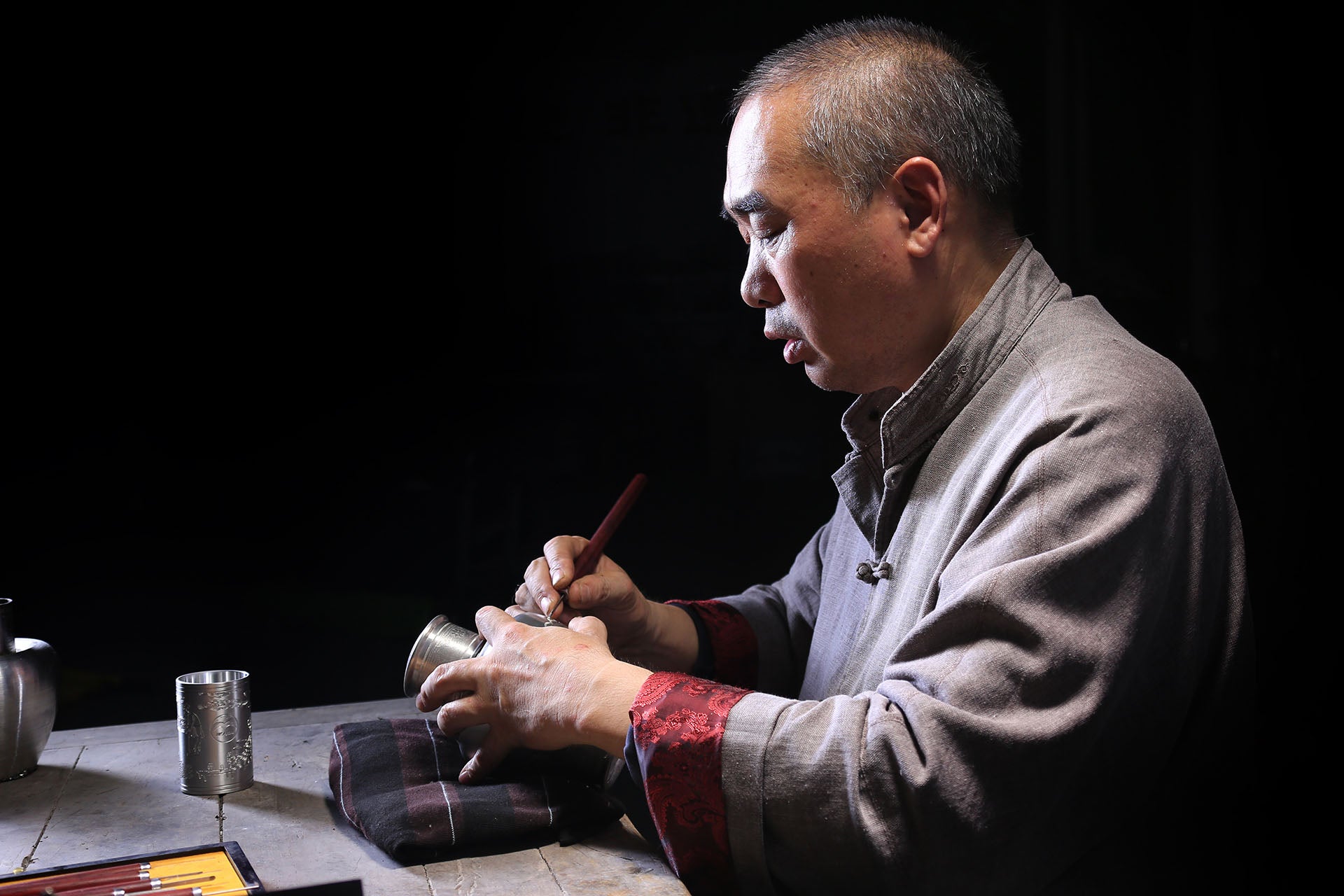
Sheng Yiyuan,ICH Inheritor of Yongkang Tin Carving
Green tea Storage

Freeze in airtight tea canisters at ≤-5℃
Do not mix with fresh food, keep away from light and moisture.
Note: Avoid opening the container frequently.
Each time you open the container, the tea comes into contact with air and moisture, accelerating the tea’s oxidation and spoilage.
Therefore, minimize the number of times you open the storage container.
Best before date: one year
Long-term Storage
Preparation: Clean the storage container
The container must be dry, odorless, and well-sealed . Pure tin cans, glass jars, metal cans, or food-grade aluminum foil bags are acceptable options.
New containers should be washed with hot water and thoroughly dried to avoid residual moisture or odors contaminating the tea.
Seal the mouth of the can or bag after filling the tea to minimize air entry.
Sealed Storage
Double-sealed packaging (such as aluminum foil bag + food-grade plastic bag) ensures absolute moisture protection and be sure to avoid light.
Store the sealed tea canister in the freezer (temperature ≤ -5℃), Store separately, do not mix with fresh food, and protect from odors.
When taking it out, the tea leaves should be moved from the freezer to the refrigerator to thaw before being placed at room temperature to avoid direct exposure to the air and the formation of condensation.
Small capacity short-term Storage
Store in a small metal or ceramic jar at room temperature, usually in the refrigerator, and drink within 1 month.
For gifting or collecting : High-grade green tea can be stored in a tin can + sealed bag + refrigeration to extend its shelf life.






